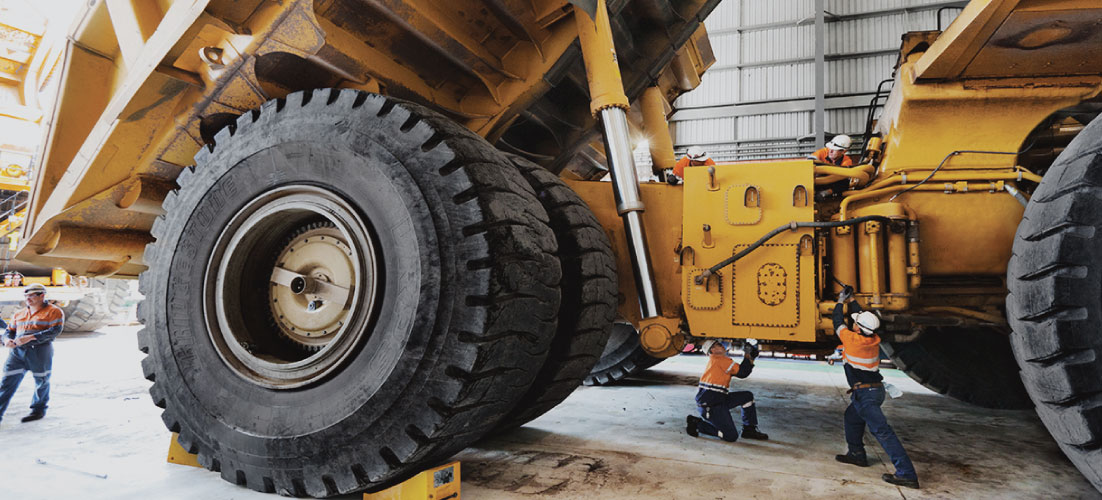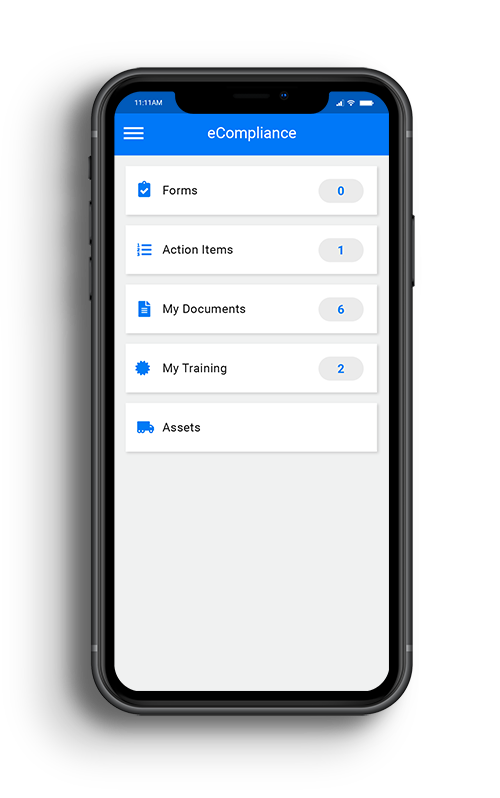
Share this Post
PUBLISHED
June 17, 2021
READ TIME
4 Minutes
WRITTEN BY

Tyler Davey
Tyler Davey is our Chief Executive Officer for North America and has 20+ years of experience working across both technology and business. He is responsible for developing and growing the brand in the North American market, managing the full suite of products in North America and driving the business through organic and further acquisition opportunities.
Every organization wants to achieve a strong and resilient safety culture. Throughout my conversations with safety leaders, each maintain a desire to ensure their employees, suppliers, contractors, and customers are safe.
However, many are stuck in a challenge of how to build a strong and resilient safety culture within their organization while still maintaining the common focus areas every executive worries about: customers, employees, revenue, and profit.
Unfortunately, safety can often become a cost center in the eyes of an executive. An added burden to workers performance, an extra cost to a slim profit margin. It’s often forgotten how much organizations can save (monetary and production wise) by providing a reliable solution to help assist with reporting, participation, and management.
With a solution focused on all three, you can create a strong and resilient safety culture not only focused on preventing injuries, streamlining reporting, and increasing participation, but one focused on an organization’s financial and employee performance.
According to Constructor Magazine’s article, Dealing With Data in the Construction Industry, workers who have ready access to real-time data gain 4.5 hours back into their work week. That’s 230+ hours a year per person, equating to $4,500+ per employee. If you have 100+ employees, that’s approximately $450,000 per year.
As a CxO, being aware of these numbers is crucial to understanding how you can best support your management and front-line employees. They are also imperative to driving the growth and profitability of your business while creating an environment workers feel proud to speak about and safe to come to every day.
We have identified three barriers to a successful CxO creating a strong and resilient safety culture within their organization:
1. Reporting on Safety
2. Worker Participation
3. Middle Management Acceptance
1. Reporting on Safety
Building a strong and resilient safety culture first starts with defining what makes your business safe – leading and lagging Indicators, near miss rates, incident rates, hazard reporting. All these reports create a mechanism to set targets, define what great looks like, and hold all managers accountable to achieving results in safety. Now, what about how this data is reported. This is held to the same importance as what to track.
According to McKinsey & Co., organizations who make their data available to front-line workers perform 65% better than those who do not. So why is it that we still see organization’s not jumping on the opportunity to provide real-time data to their management and front-line teams? We have seen a high upswing of those who do, but there is still much progress to be made.
It is easy as a CEO to declare the intent of having a strong and resilient safety culture at town halls, in management meetings, and weekly reports to the field. It’s another thing to act on it. Providing your team with a technology solution focused on providing real-time data to mitigate risk is a true game-changer and can help you on your way to a strong and resilient safety culture.
2. Worker Participation
To build a successful reporting system, front-line worker participation is key. We have all seen workers performing unsafe duties – whether a worker forgot to wear a high-vis vest, is operating solo in a confined space, or is not wearing the proper PPE.
Often, front-line workers are not opposed to safety, it’s just not important in that very moment. To encourage behavioural changes in workers, we have noticed our safest companies have implemented a technology solution within their front-line worker ranks rewarding safety behaviors. Creating a rewards system for most hazards identified, near misses identified, and incidents reported, moves safety to the front of a worker’s mind, and creates a strong and resilient culture versus speed of job completion. The impact of this is true culture velocity seen at the heart of each business – the front-lines.
3. Middle Management Acceptance
Finally, no CEO will have success without their middle management team accepting safety is as important as a new sale, a project delivery, or a cost control measurement. It’s key to spend time educating your managers, creating performance and bonus-related rewards for safety improvements, and holding weekly or monthly review sessions with management. This provides a strong channel to report specifically on how each team is delivering a safer work environment and thereby helps to move line managers from inertia and into a strong and resilient safety culture.
As CEOs, everything with a business starts and ends with the direction we set, the measurements we review, the tools we provide to support execution, and the rewards we bestow upon our teams for achieving the right results. Creating a strong and resilient safety culture starts with us.
Speak to an EcoOnline Safety Expert Today
Unleash the Potential Within Your Safety Data Now

